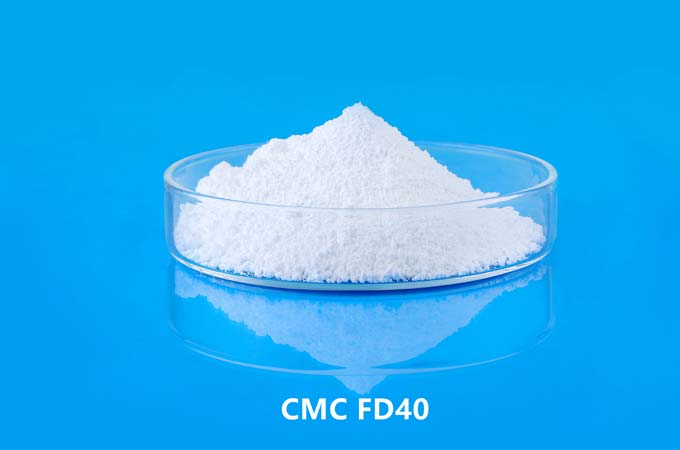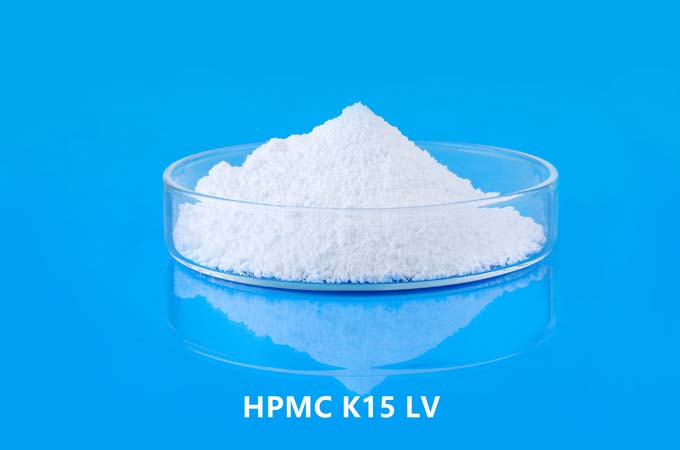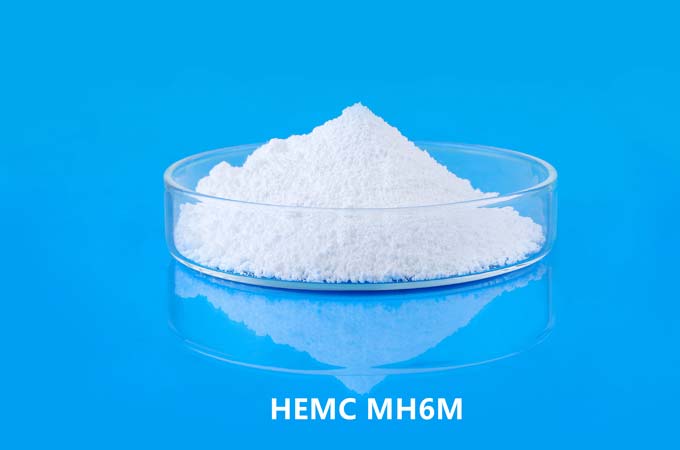Hydroxyethyl methylcellulose (HEMC) is a versatile polymer widely used in the formulation of coatings for its ability to enhance film-forming properties. This enhancement is attributable to its unique physicochemical properties and the interactions it promotes within the coating matrix.
1. Chemical Composition and Structure of HEMC
HEMC is a cellulose derivative in which hydroxyl groups in the cellulose chain are modified with hydroxyethyl and methyl groups. This modification imparts several beneficial properties:
Water Solubility: The hydroxyethyl groups increase the water solubility of HEMC, allowing it to dissolve and disperse easily in aqueous systems.
Film-Forming Ability: The polymeric nature of HEMC provides a matrix-forming capability, essential for creating uniform films.
Viscosity Modification: The methyl groups enhance the viscosity-modifying properties, which helps in maintaining the desired consistency of the coating.
2. Mechanisms of Film Formation
The film formation process in coatings involves several steps, including application, leveling, coalescence, and drying. HEMC plays a crucial role in each of these steps:
A. Application and Leveling
Rheology Control: HEMC increases the viscosity of the coating, which helps in achieving an even application. This is crucial for preventing sagging and ensuring uniform thickness.
Shear Thinning: HEMC solutions exhibit shear-thinning behavior, which means they become less viscous under shear stress (such as during brushing or spraying) and return to higher viscosity when the stress is removed. This property aids in smooth application and leveling of the coating.
B. Coalescence
Binder Stabilization: HEMC Cellulose acts as a protective colloid, stabilizing the binder particles in the coating formulation. This ensures that the binder particles remain evenly dispersed and coalesce properly during the drying process.
Improved Particle Packing: The presence of HEMC helps in achieving better packing of pigment and filler particles within the coating, leading to a more uniform and defect-free film.
C. Drying and Film Formation
Water Retention: HEMC has excellent water-retentive properties, which slow down the evaporation rate of water. This controlled drying process allows for better coalescence of binder particles, resulting in a more continuous and cohesive film.
Film Continuity: By preventing premature water loss, HEMC helps in maintaining film continuity, reducing the likelihood of cracks and other defects.
3. Enhancing Mechanical Properties
The incorporation of HEMC in coatings significantly enhances the mechanical properties of the resulting films:
A. Flexibility and Toughness
Polymeric Network: The cellulose backbone of HEMC forms a flexible polymeric network within the coating. This network imparts flexibility and toughness, reducing the risk of film cracking under stress.
Plasticizing Effect: The hydroxyethyl groups provide a mild plasticizing effect, which further enhances the flexibility of the film.
B. Adhesion
Surface Interaction: HEMC improves the adhesion of the coating to various substrates. This is particularly important for ensuring the durability and longevity of the coating.
Interfacial Binding: The polymer can interact with both hydrophilic and hydrophobic surfaces, promoting better interfacial binding and reducing the likelihood of delamination.
4. Barrier Properties
HEMC contributes to the barrier properties of coatings, providing resistance to moisture and chemicals:
Moisture Resistance: The water-retentive nature of HEMC reduces the permeability of the coating to water vapor, enhancing its moisture resistance.
Chemical Resistance: The dense polymeric network formed by HEMC can also offer some degree of resistance to chemicals, depending on the formulation.
5. Synergistic Effects with Other Additives
HEMC, like HPMC K15M, can work synergistically with other additives in the coating formulation to enhance overall performance:
Thickeners and Stabilizers: When combined with other thickeners and stabilizers, HEMC can contribute to a more robust viscosity profile and better stability of the coating formulation.
Pigment Dispersants: HEMC helps in the dispersion of pigments and fillers, preventing agglomeration and ensuring a uniform color and texture.
6. Environmental and Practical Considerations
A. Eco-friendliness
Non-toxic and Biodegradable: HEMC is non-toxic and biodegradable, making it an environmentally friendly option for coating formulations.
Aqueous Systems: Its solubility in water allows for the formulation of water-based coatings, which are less harmful to the environment compared to solvent-based coatings.
B. Ease of Handling
Storage Stability: HEMC is chemically stable and does not undergo significant changes during storage, ensuring consistent performance.
Ease of Incorporation: Its solubility and compatibility with various formulation components make it easy to incorporate into different coating systems.
Hydroxyethyl methylcellulose (HEMC) significantly enhances the film-forming properties of coatings through a combination of its rheological behavior, film continuity, mechanical strength, and barrier properties. Its ability to stabilize the formulation, control drying, and improve adhesion makes it an indispensable additive in modern coating technologies. Furthermore, its environmental benefits and ease of use further solidify its role in sustainable and high-performance coating applications. By leveraging the unique properties of HEMC, formulators can achieve coatings that are not only aesthetically pleasing but also durable and environmentally friendly.
 English
English 日本語
日本語 français
français Deutsch
Deutsch Español
Español italiano
italiano русский
русский português
português العربية
العربية Türkçe
Türkçe Nederland
Nederland



